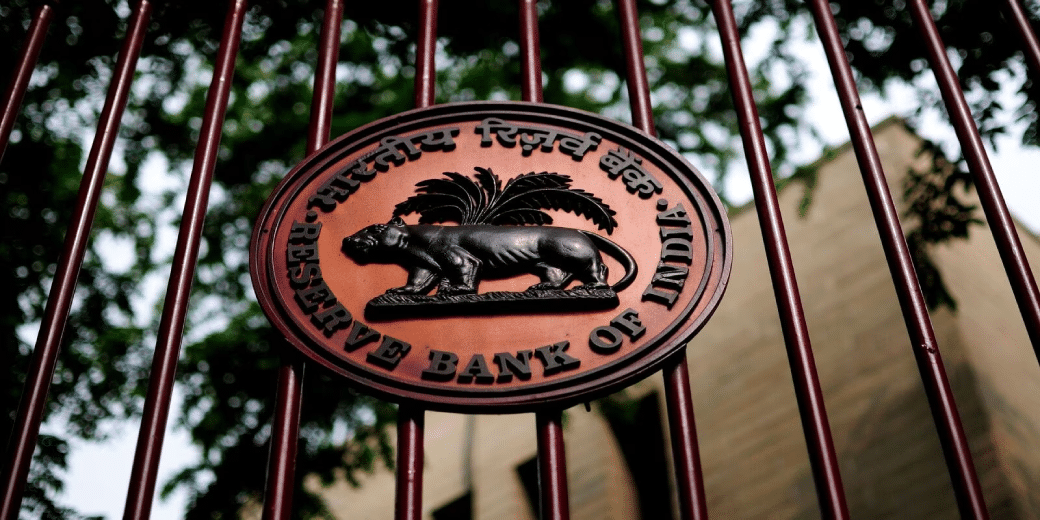RBI to soon release stressed asset securitisation rules paving the way for junk bonds
Junk bonds allure investors with the possibility of higher yields since those venturing to invest in such bonds hope to rake in better returns than those offered by safe debt instruments

Reserve Bank of India (RBI) could soon be releasing a blueprint for securitisation of stressed assets that could pave the way for the introduction of junk bonds in the country, The Economic Times has reported.
While investment-grade bonds are relatively safe, junk bonds are highly risky and carry credit ratings below BBB- from rating agencies such as Moody’s and S&P. Junk bonds allure investors with the possibility of higher yields since those venturing to invest in such bonds hope to rake in better returns than those offered by safe debt instruments.
“Lenders are likely to be allowed to bundle and sell certain types of loans through securitisation, including personal loans and loans to small businesses (micro-enterprises),” one of the officials told the newspaper. He also added, “However, they cannot include certain assets in these bundles, such as loans to other lending institutions, refinance exposures of certain financial institutions, farm loans to individual farmers, fraudulent accounts, and accounts in wilful default.”
In January 2023, RBI floated a discussion paper on “Securitisation of Stressed Assets Framework” to invite comments by various stakeholders.
The securitisation process will involve pooling these loans and then selling them to a special-purpose entity (SPE). The SPE, in turn, will issue securities backed by the loan pool.
Assets which are categorised as NPAs (non-performing assets) and special mention accounts (SMAs) – named as categories SMA-1 and SMA-2 – could be sold through these pools only on cash basis. Officials further revealed that discounts will be based on asset classification.
The discount that will be available to the investors will be based on the category of assets invested in. Special mention accounts will carry the smallest discount – 5%.
The discount will rise to 25% for sub-standard assets and further vault to 50% for doubtful and loss assets.
Once RBI issues these guidelines for securitisation of stressed assets it will immediately create a climate conducive for junk debt instruments. The guidelines will clearly lay down which type of loan can be included in the process.
When the brainstorming began, there was a school of thought that said only non-performing assets would be considered or relatively safer accounts (called special mention accounts) would be included. According to the latest information, RBI is about to both special mention accounts and NPAs. Loans overdue by up to 90 days can be a part of the securitisation basket.
The guidelines will also spell out how resolution managers will function.
According to the officials, SPEs will buy pooled loans and issue securities backed by these loans. The resolution managers will be responsible for managing the cash flow by selling these bonds. The RBI could allow resolution managers to borrow up to 75% of their funding needs.
However, the banking regulator might insist on one condition – that these loans raised by the resolution manager would have a priority claim over the cash flows recovered from the loans.
In September 2022, RBI governor Shaktikanta Das mentioned the need for a framework for securitisation of stressed assets. On the whole in India, the asset quality of lenders has been improving over the past few years. According to data, banks have recorded a decline of GNPA ratio to 3.2% — a record low in 11 years – at the end of July-September last year.
Download Money9 App for the latest updates on Personal Finance.
Related
- मैक्सिको के 50 फीसदी टैरिफ पर सरकार ने शुरू की बातचीत; जल्द समाधान की उम्मीद
- इंडो- US ट्रेड डील में पहले हट सकती है पेनाल्टी, रिपोर्ट में दावा
- रुपये ने फिर बनाया ऑल टाइम लो, जानें क्या है वजह
- बैंक कस्टमर के लिए बड़ी खबर, RBI हटाएगा ओवरलैप फीस,
- मैक्सिको ने अपनाई US जैसी पॉलिसी, 1400 से ज्यादा प्रोडक्ट लगाया भारी टैरिफ
- SpiceJet विंटर सीजन में जोड़ेगी 100 नई फ्लाइट्स! Indigo के कटे रूट्स का करेंगी भरपाई

